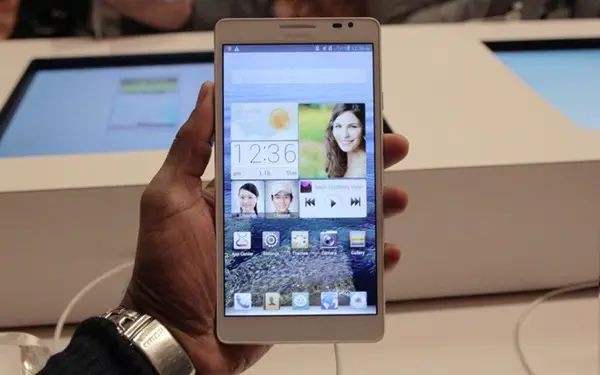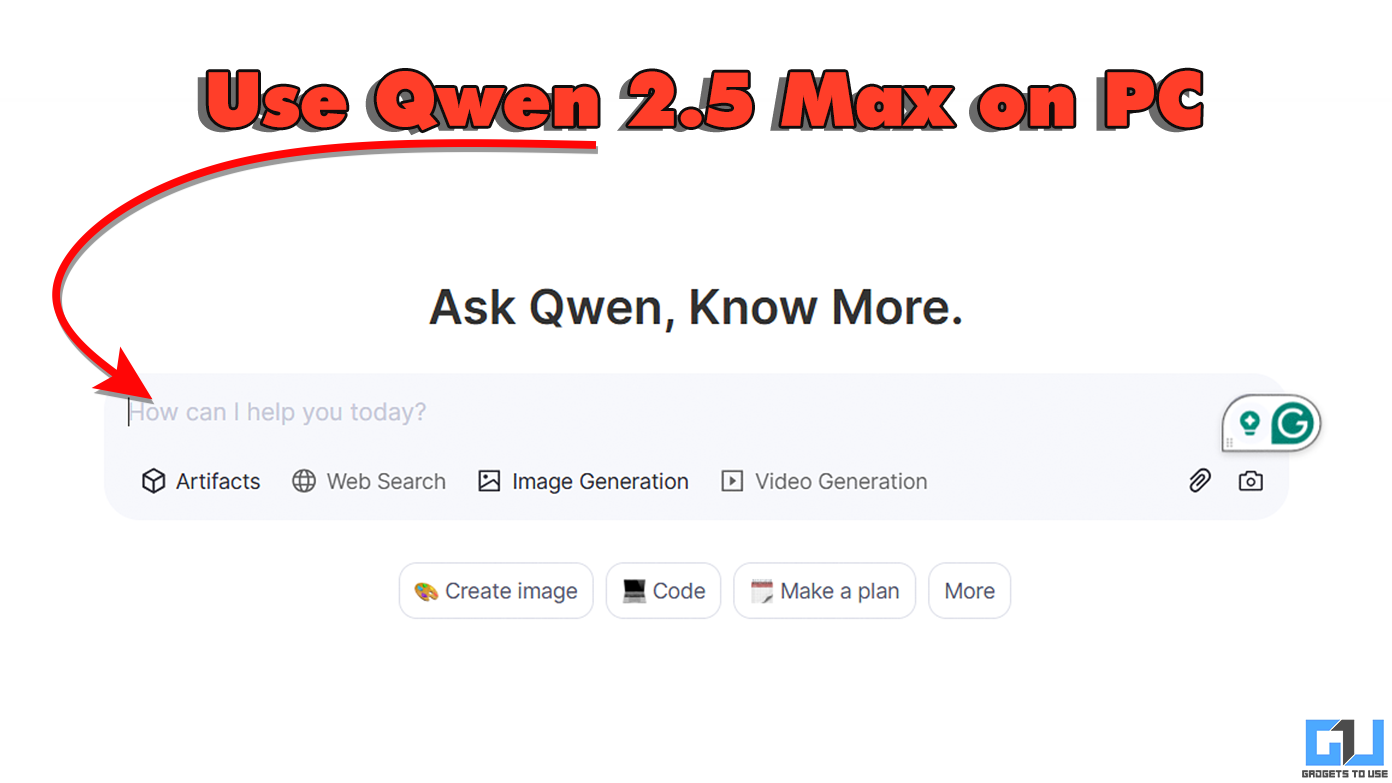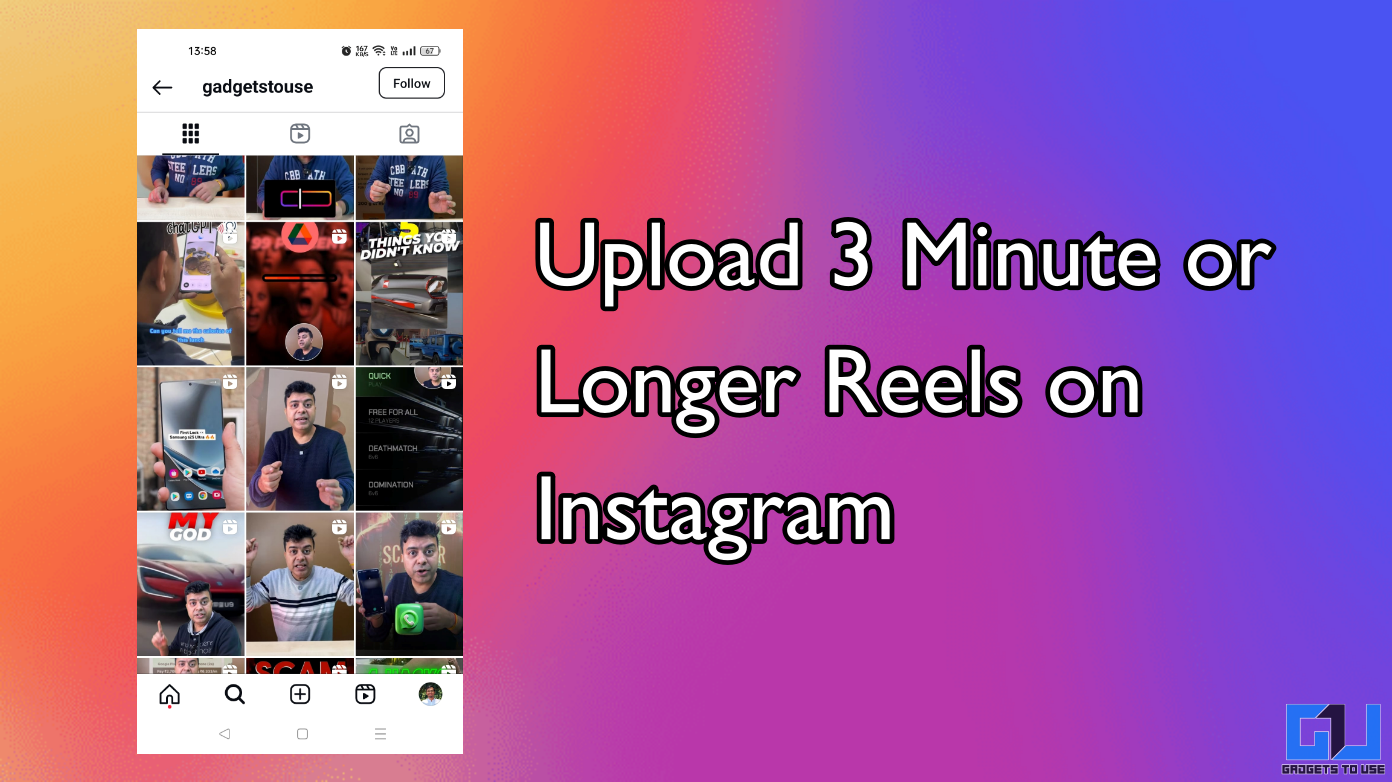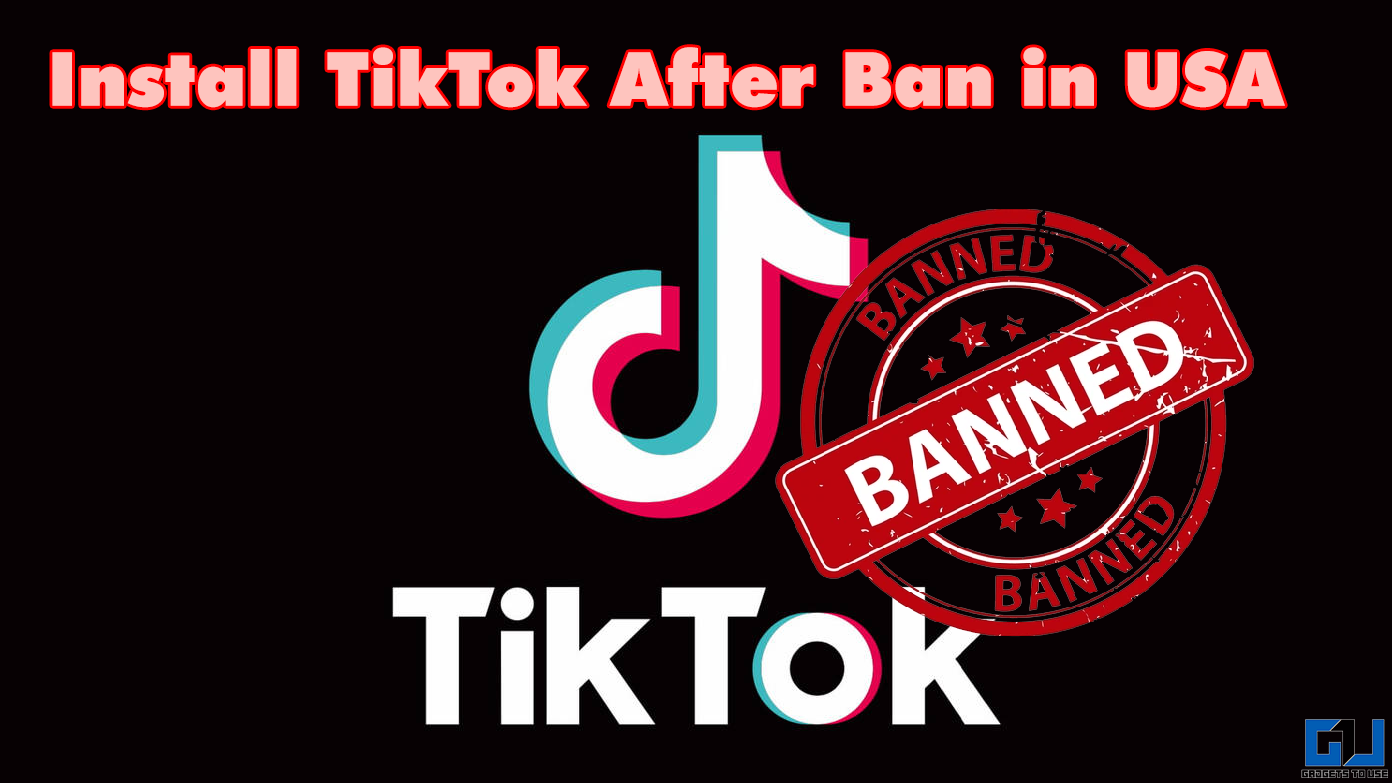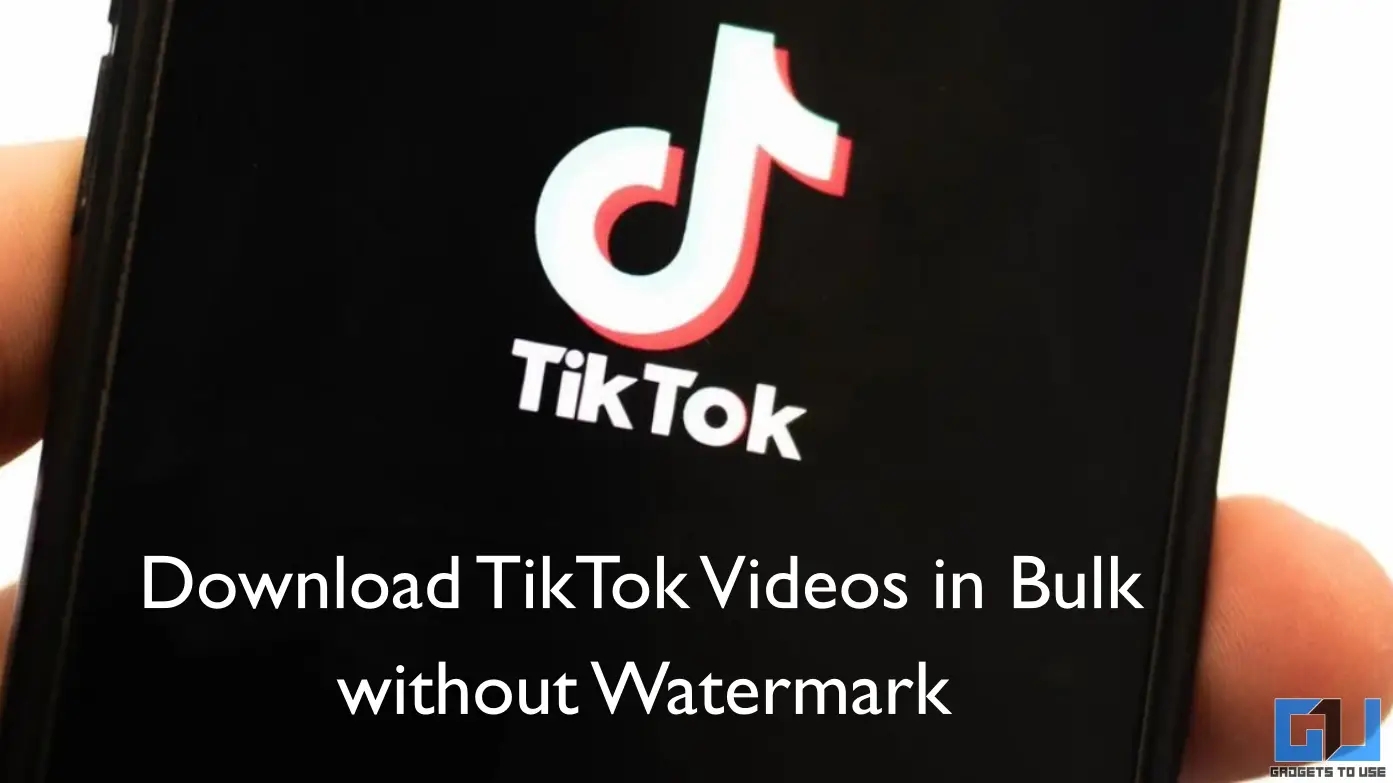Quick Answer
- In this post we would be discussing why it would be a good idea to buy a phablet instead of a regular smartphones in today’s age.
- Let us go ahead with this discussion and list out a few key points which make phablets a better choice than smaller phones (up to 4.
- Meaning a device with a large screen which sits between phones and tablets as far as size and usability is concerned.
5 years back, a 3.5 inch screen phone was seen as a ‘large’ device. This was not only because of the fact that phones then, by average, used to be much smaller, but also because the phones used to carry massive bezels on all 4 sides. Come 2013 and we’re seeing phones as large as 6.4 inches, and we prefer calling them ‘phablets’ instead. The term ‘phablet’ is actually the result of phone+tablet; meaning a device with a large screen which sits between phones and tablets as far as size and usability is concerned.
In this post we would be discussing why it would be a good idea to buy a phablet instead of a regular smartphones in today’s age.
Today, an average phablet size has gone up from 5.5 inches to almost about 6 inches. This is because further reduction in bezel thickness; the part that surrounds your phone’s screen, which is usually of no use to the end user.
The extent of this reduction in bezel thickness can be estimated by comparing the Samsung Galaxy S4 to the Samsung Galaxy S3. The S3 is a device which came early in 2012 and with a 4.8 inch screen, was seen as the biggest a phone could get. But come 2013 and we have the Samsung Galaxy S4, a device with a larger (5.0”) screen but almost the same dimensions as the S3! This goes to show that larger screens can be fitted onto much smaller bodies overall.
Let us go ahead with this discussion and list out a few key points which make phablets a better choice than smaller phones (up to 4.5-4.8 inches).
Advantages of phablets over regular smartphones:
- Bigger, and sometimes better display because of the extra available space.
- Better utilization of pixels.
- Much better multimedia performance.
- Usually come with better (more powerful) processors as compared to smartphones
- Better gaming experience; enough space to view and control gameplay.
- Better readability due to enough spacing between words. Web browsing and e-book reading experience greatly improved.
- Bigger keyboard; allows for a more realistic method of typing.
- Much better for video calls due to the extra available space.
- Increase in size allows for a bigger battery, which often results in greater battery backup.
- Packing of components under the hood not as tight as smaller phones; overheating can be avoided.
However, it is not always cakes and cream. There are a few disadvantages of having a large-screen device as well, which may degrade the user experience. However, it depends from user to user when it comes to this.
Disadvantages of phablets over regular smartphones:
- Limited one handed usage; due to the size, weight and centre of gravity, using phablets in one hand is pretty difficult.
- Difficult to carry; due to the large size, phablets don’t usually fit into your pocket like smartphones do unless you’re probably wearing a cargo.
- Looks awkward; given the much larger size, talking on phone using a phablet does look pretty awkward, since the device pretty much covers your entire face.
- Longer charging duration; due to the bigger battery, the charging takes much longer to complete. Also, keeping the phablet plugged overnight might damage the battery.
- Built-in batteries; most phablets of today come with built-in batteries which are not user replaceable, which means there option of carrying another fully charged battery is cut off.
This is what we think of phablets and smartphones, when it comes to usability. It is natural that different users have different needs. However, this article has been built upon keeping in mind the average user. Let us know what you think by commenting below!
